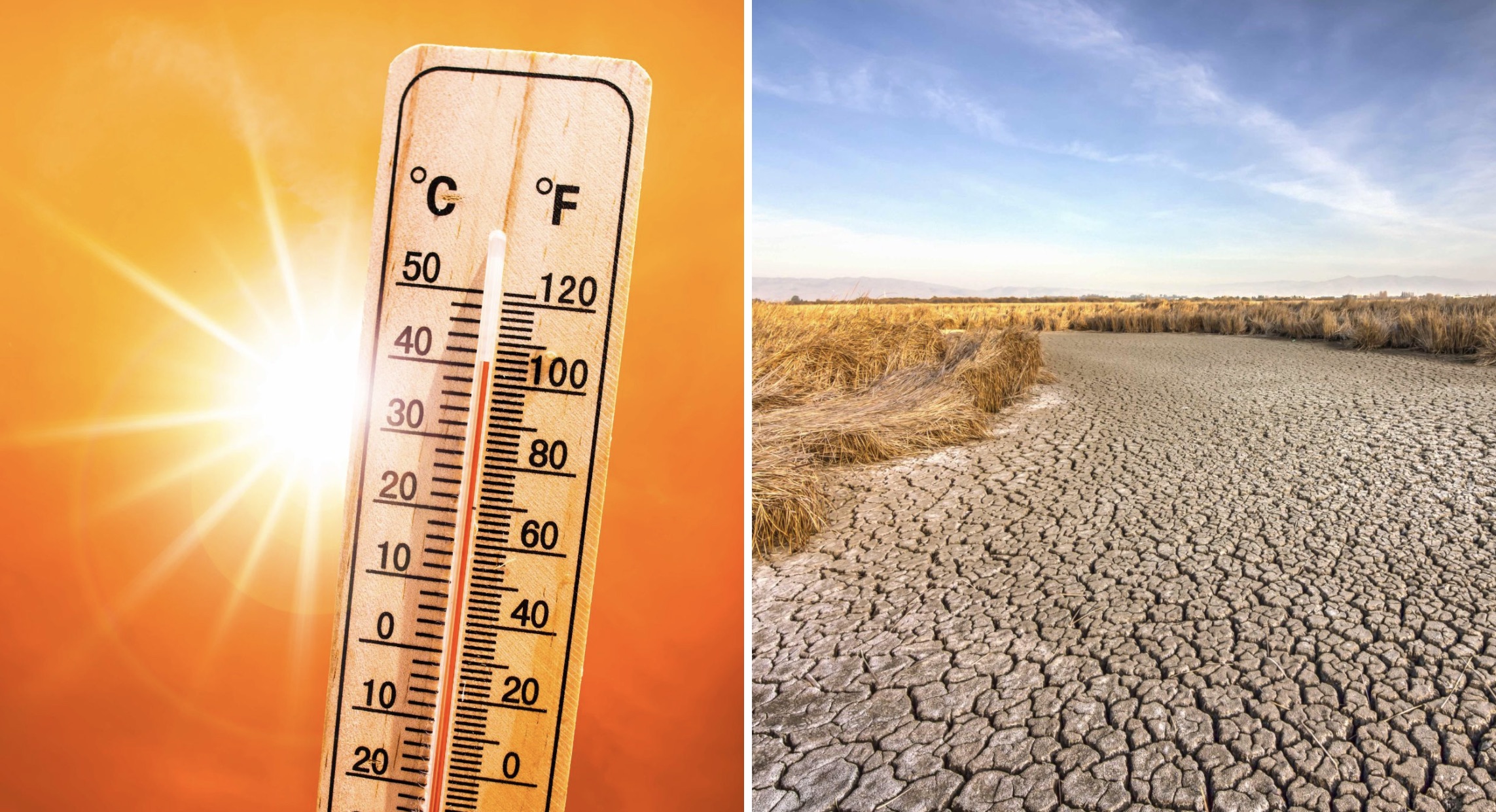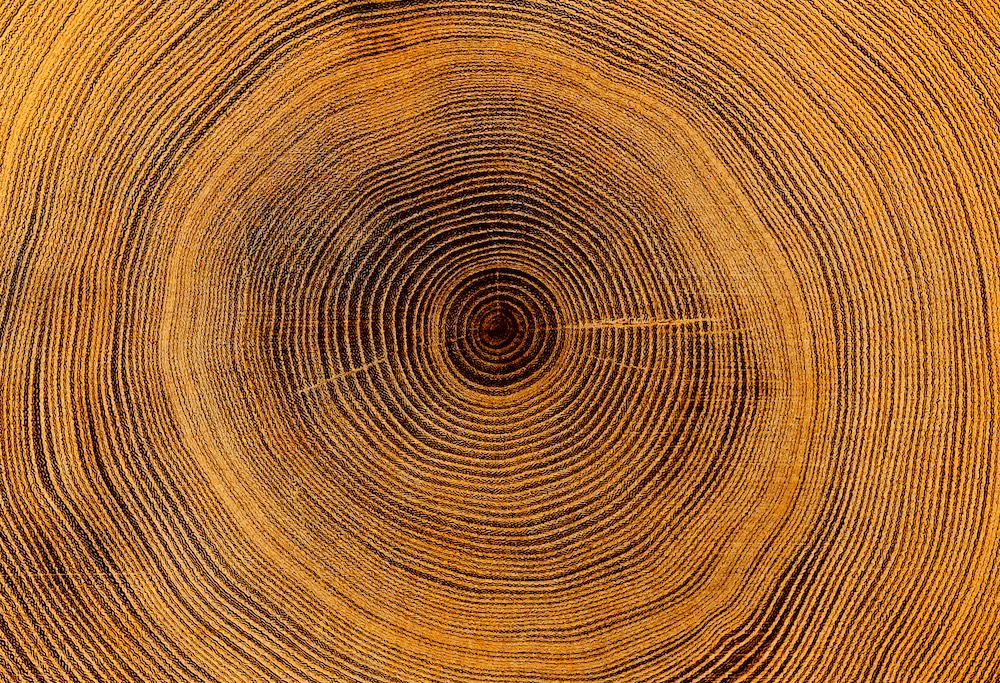For the latest forecasts and critical weather information, visit weather.gov.
Research Spotlight: Climate-Driven Megadrought

In February 2022, a new UCLA-led study found that the 22-year-long southwest North American megadrought is the region's driest in at least 1,200 years. The article, published in Nature Climate Change, was a collaboration among researchers from UCLA, NASA, and the Columbia Climate School. Studying the area from southern Montana to northern Mexico, and from the Pacific Ocean to the Rocky Mountains, researchers discovered that megadroughts occurred repeatedly in the region from 800 to 1600. Following a hiatus of over 400 years, this turn-of-the-21st-
The study, led by UCLA geographer Park Williams, suggests that dramatic shifts in dryness and water availability happened in the Southwest prior to the effects of human-caused climate change becoming apparent in the 20th century. Existing climate models have shown that the current drought would have been dry even without climate change, but not to the same extent.
Human-caused climate change is responsible for about 42% of the soil moisture deficit since 2000, the paper found. One of the primary reasons climate change is causing more severe droughts is that warmer temperatures are increasing evaporation, which dries out soil and vegetation. From 2000 to 2021, temperatures in the region were 0.91 degrees Celsius (about 1.64 degrees Fahrenheit) higher than the average from 1950 to 1999.
This study builds on previous research on the southwestern megadrought. A study published in 2020 in the journal Science says a megadrought as bad or worse than anything even from known prehistory is very likely in progress, and warming climate is playing a key role. The 2020 research, which was also led by Williams, considered data only up to 2018, missing the exceptional dry years of 2020 and 2021. The 2020 study found that the 19-year period from 2000 to 2018 was probably the second driest in at least 1,200 years, but was still a few years shorter than the "megadroughts" of the past. Co-authored by researchers from the Cooperative Institute for Research in Environmental Sciences (CIRES) at the University of Colorado Boulder and others, the 2020 study covers an area stretching across nine U.S. states from Oregon and Montana down through California and New Mexico, and part of northern Mexico.
2020 Megadrought Webinar Series

NIDIS hosted two webinars in 2020 focusing on this megadrought:
- Impact of Anthropogenic Warming on an Emerging North American Megadrought explored the severe and persistent 21st-century drought in southwestern North America, compared it to medieval megadroughts, and discussed the role of anthropogenic climate change.
- Coping With Megadrought in the Colorado River Basin discussed how water managers are working on ways to adapt to a long-term dry pattern on the Colorado River that looks increasingly like one of the region’s millennial megadroughts.
A third NIDS-hosted webinar focused on a potential megadrought in Texas. A study, published in Earth's Future, found that climate models are robust in projecting drying of summer season soil moisture and decreasing reservoir supplies for both the eastern and western portions of Texas during the 21st century.
Further, projections indicate drier conditions during the latter half of the 21st century than even the most arid centuries of the last 1,000 years that included megadrought. The study was conducted by members of the Texas Water Research Network, a water research hub at the University of Texas Environmental Science Institute, and led by the Office of the Texas State Climatologist.
NIDIS Research and Resources on Climate Change and the Southwest Drought
Study: Exceptional Southwest Drought Exacerbated by Human-Caused Warming
This report by the NOAA Drought Task Force, which is a collaboration between NIDIS, the NOAA Climate Program Office, and leading scientists, addressed four critical questions about the 2020–2021 Southwestern U.S. drought:
- How bad is this drought?
- What caused it?
- When will it end?
- And, what does the future hold?
Study: Dry Future Likely Unavoidable for Southwest, But Reducing Greenhouse Gases Can Still Help
This study finds that regardless of future levels of greenhouse gas emissions, the warming climate has locked in an elevated risk of intense megadroughts for the Southwest. However, greenhouse gas mitigation measures can still help. The study was sponsored by NIDIS and NOAA’s Climate Program Office, and led by NASA’s Goddard Institute for Space Studies (GISS).
Study Shows That Climate Change is the Main Driver of Increasing Fire Weather in the Western U.S.
The leading cause of the rapid increase of wildfires over the western U.S. is the rapid increase of surface air vapor pressure deficit, or VPD, a measure of how thirsty the atmosphere is. This study found that 68% of the increase in VPD is explained by human-caused global warming. This study was part of NOAA Drought Task Force IV research, funded by NIDIS through NOAA’s Climate Program Office Modeling, Analysis, Predictions, and Projections Program (MAPP).
Video: Living With Drought and Increasing Aridification in the Southwest
This video includes interviews with people whose livelihoods are impacted by the Southwest drought and how rising temperatures are bringing aridification and a “new normal” to the region. The video was produced by NIDIS and S&D Marketing, with footage provided by Sonya Doctorian.
Resources
Williams, A. Park, Benjamin I. Cook, Jason E. Smerdon. 2022. "Rapid Intensification of the Emerging Southwestern North American Megadrought in 2020–2021." Nature Climate Change.
Zhuang, Yizhou, Rong Fu, Benjamin D. Santer, Robert E. Dickinson, Alex Hall. 2021. "Quantifying Contributions of Natural Variability and Anthropogenic Forcings on Increased Fire Weather Risk Over the Western United States." Proceedings of the National Academy of Sciences of the United States of America 118(45).
NOAA Drought Task Force IV. 2021. NOAA Drought Task Force Report on the 2020–2021 Southwestern U.S. Drought.
Cook, B. I., J. S. Mankin, A. P. Williams, K. D. Marvel, J. E. Smerdon, H. Liu. 2021. "Uncertainties, Limits, and Benefits of Climate Change Mitigation for Soil Moisture Drought in Southwestern North America." Earth's Future 9(9).
Williams, A. Park, Edward R. Cook, Jason E. Smerdon, et al. 2020. "Large Contribution from Anthropogenic Warming to an Emerging North American Megadrought." Science 368(6488).
Nielsen-Gammon, John W., Jay L. Banner, Bejamin I. Cook, et al. 2020. "Unprecedented Drought Challenges for Texas Water Resources in a Changing Climate: What Do Researchers and Stakeholders Need to Know?" Earth's Future 8(8).

